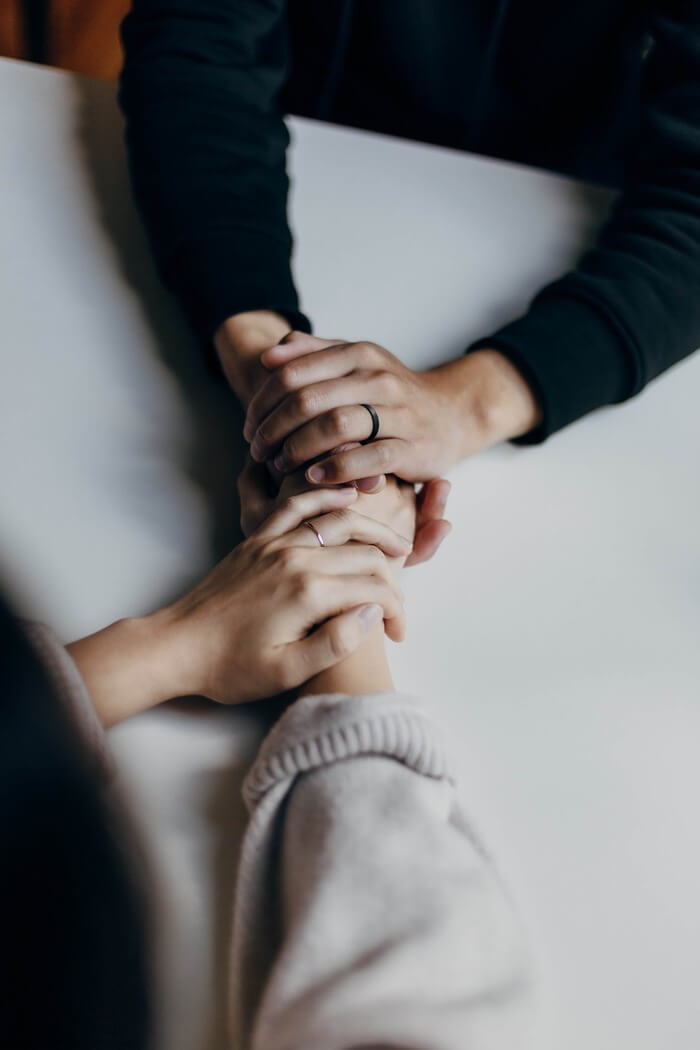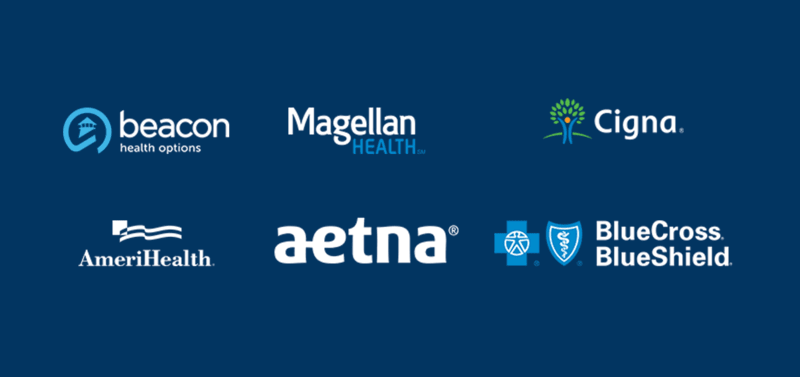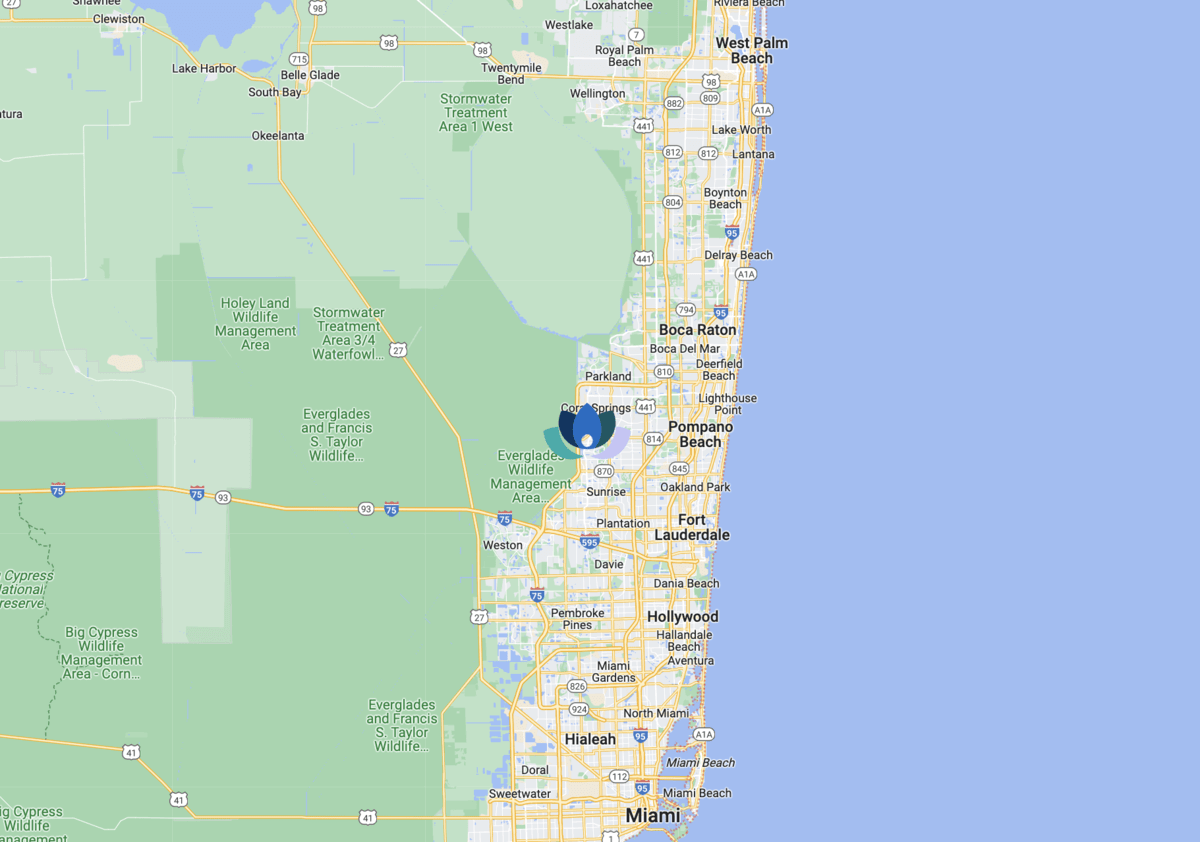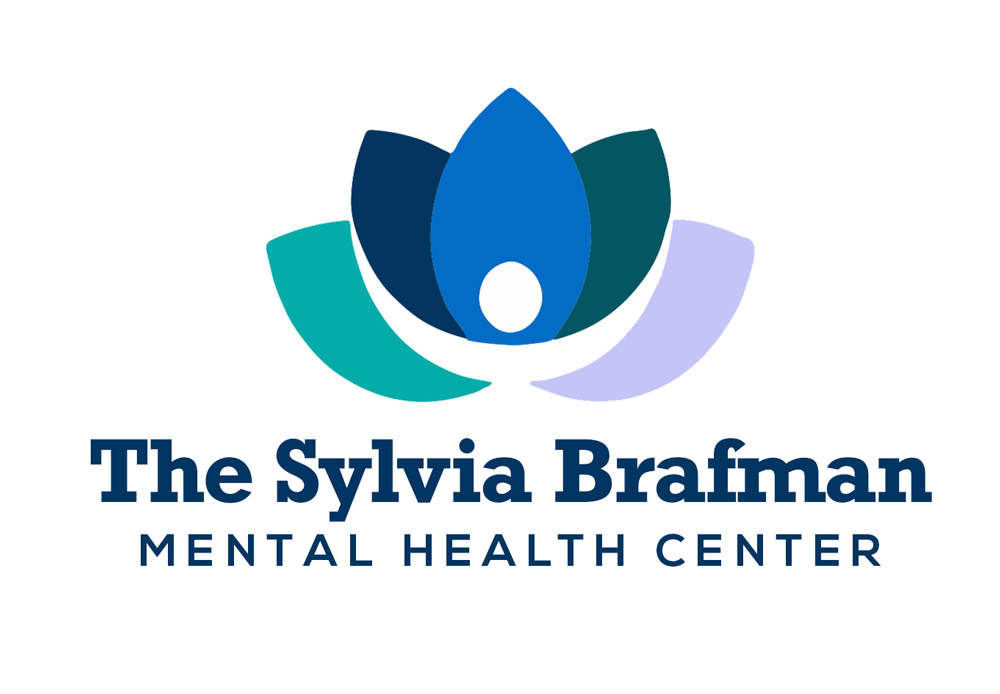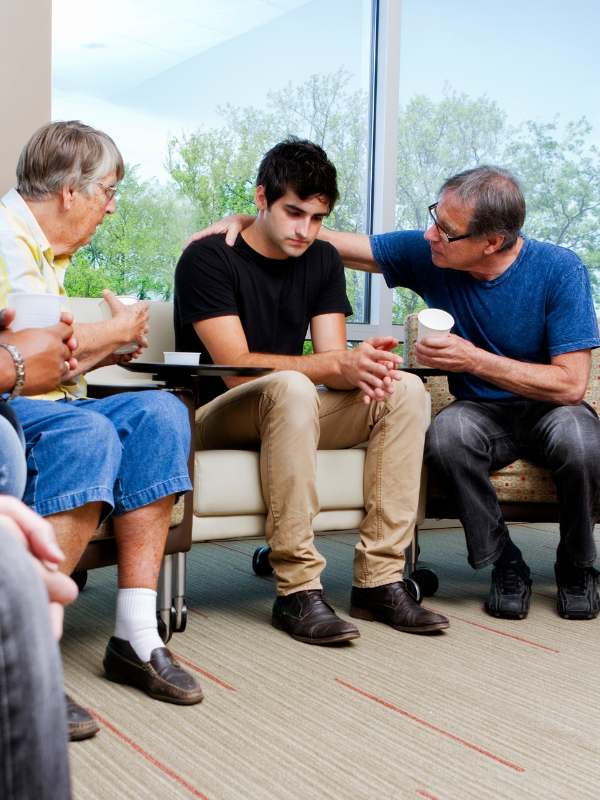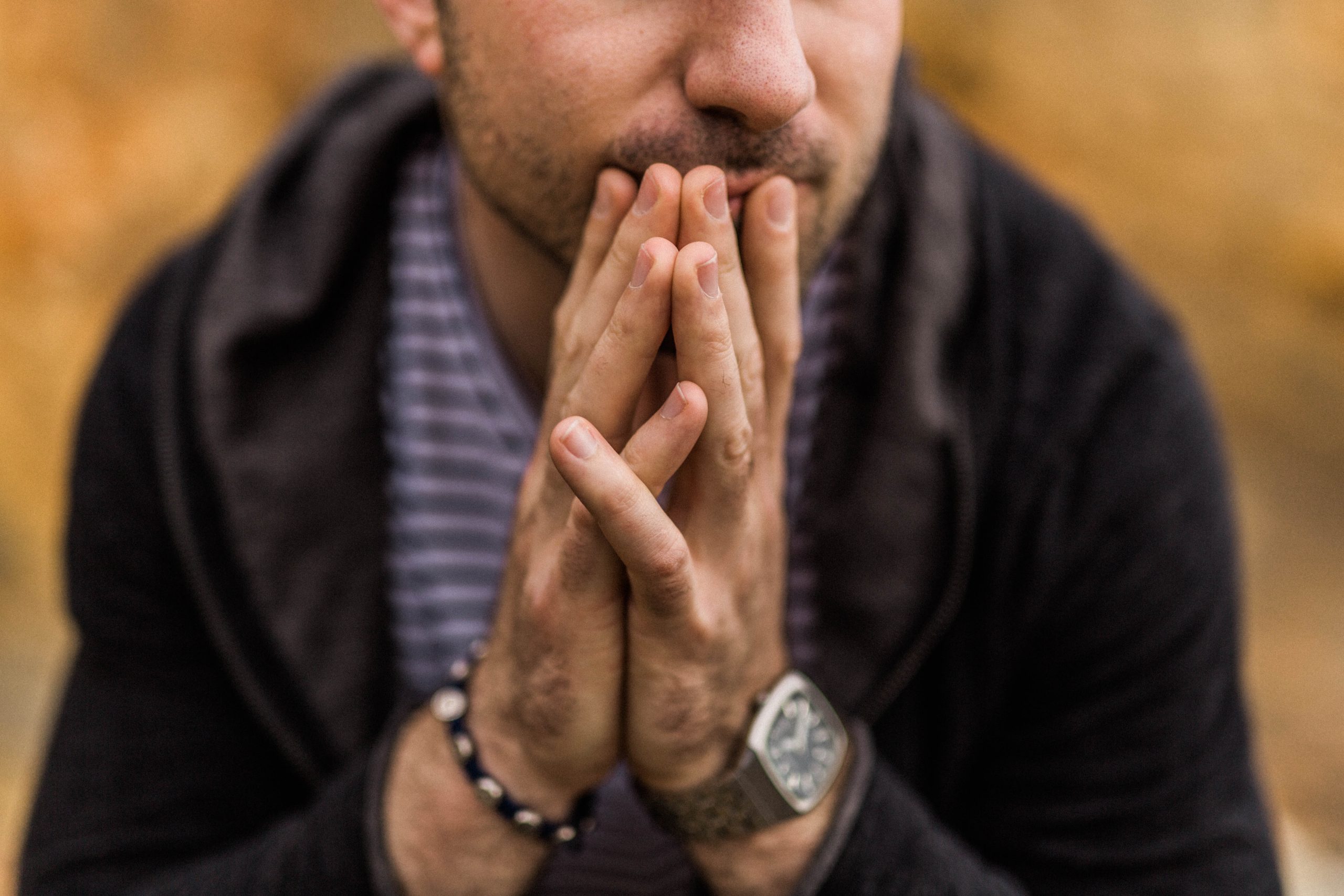If you are seeking quality mental health care from a treatment center that cares about helping you improve your emotional wellbeing, The Sylvia Brafman Mental Health Center may be for you. Located near Atlanta, our residential treatment facility offers programs for a number of mental health concerns, including self-harm.
Our programs are tailored to fit your individual needs. Your care team will work closely with you to develop a unique treatment plan built to set you up for success on your mental health recovery journey. Call us today at 877-958-9212 for more information or to get started today. Read on to learn more about self-harm treatment near Atlanta, Georgia.


